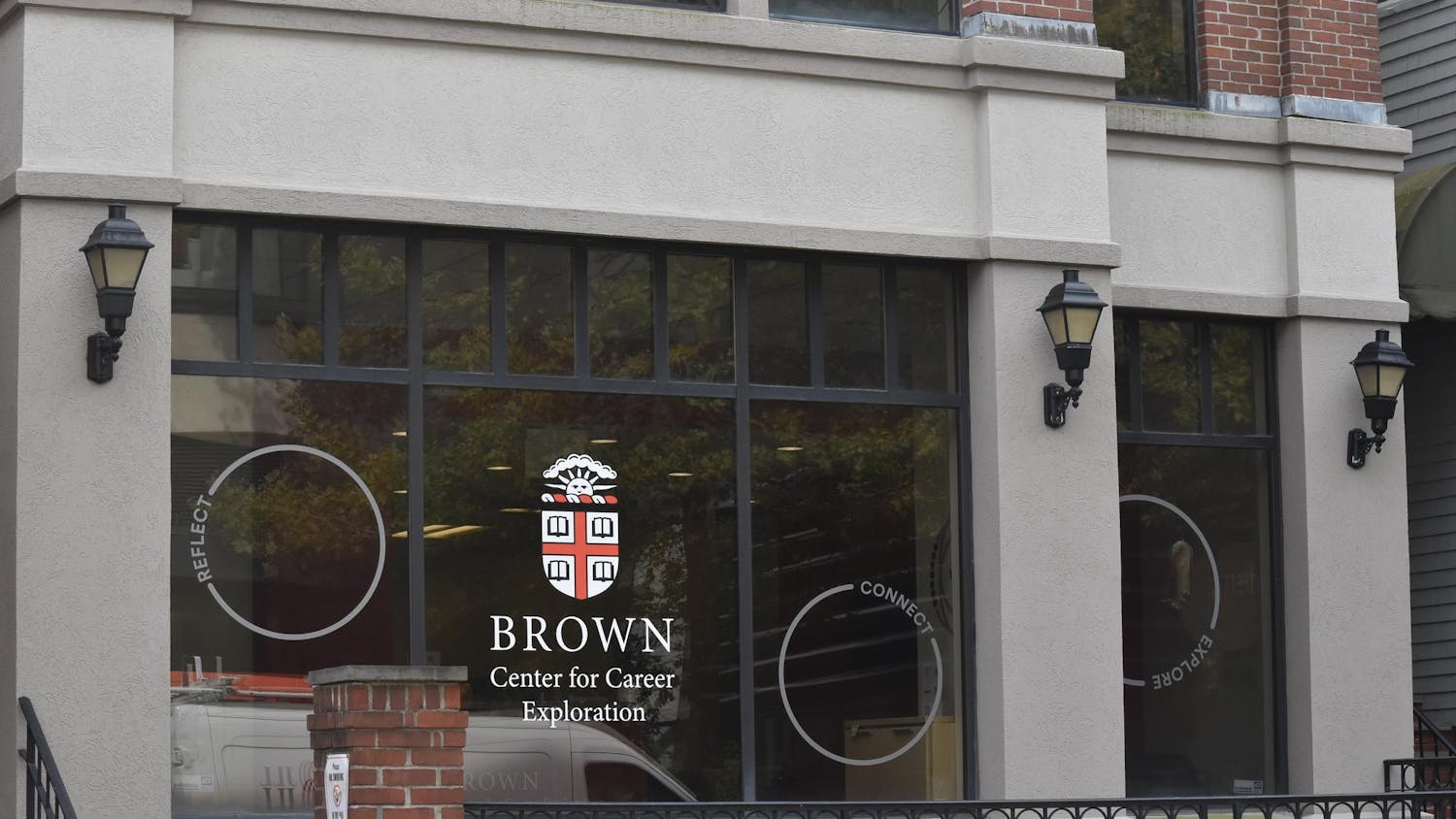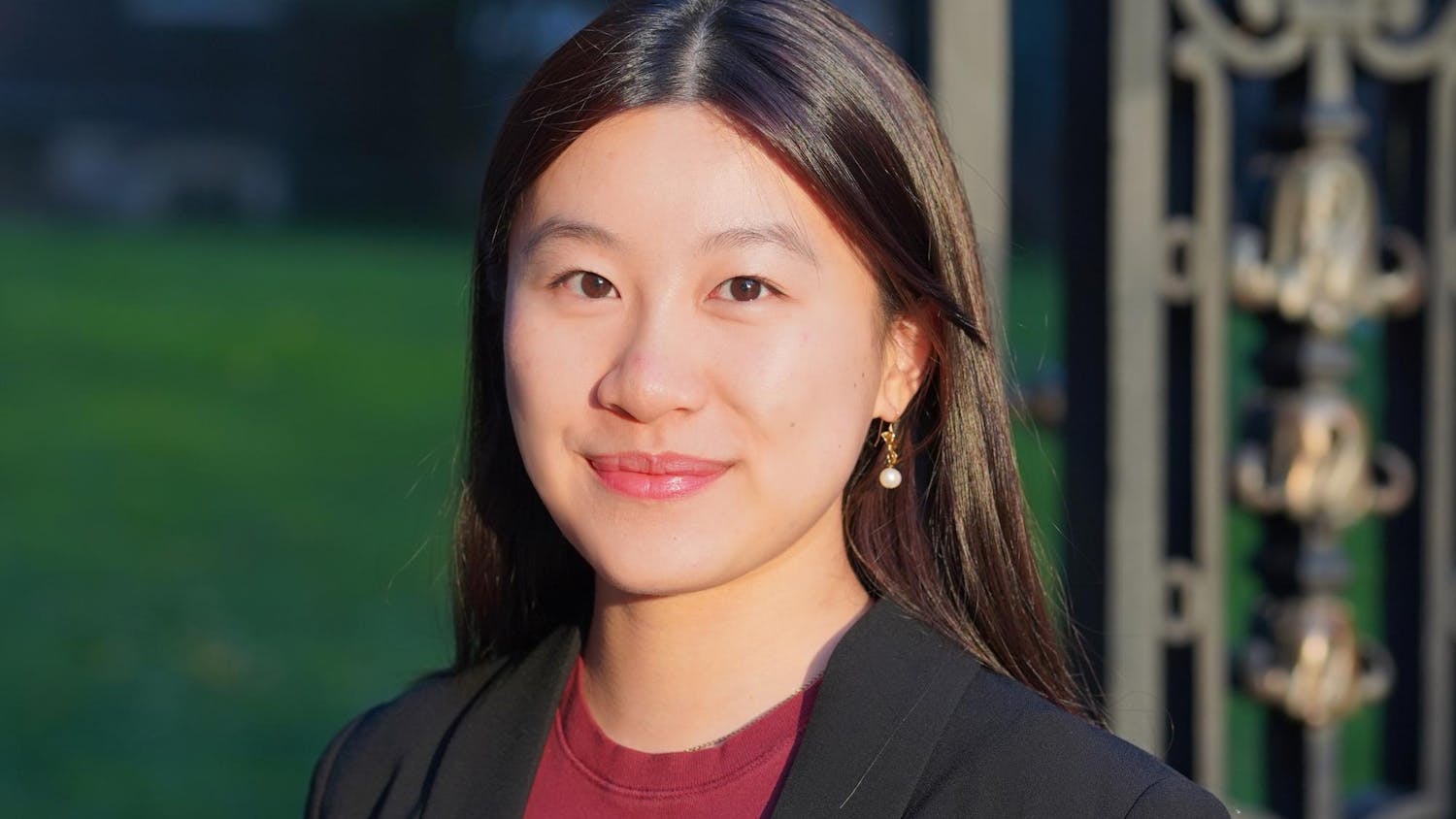A team of Brown researchers, led by Tricia Serio, associate professor of molecular biology, cell biology and biochemistry, have reported an important discovery which could be applied to mad cow disease and its equivalent in humans, Creutzfeldt-Jakob disease.
Serio, along with postdoctoral fellow Suzanne Sindi and postdoctoral research associate Aaron Derdowski — both in molecular biology, cell biology and biochemistry — discovered that the transmission of infections caused by proteins called prions is determined by the size of the proteins and not their abundance.
"Nobody really considered, before this work, that size was a factor," Serio said.
"Protein aggregates need to stay a certain size to be transmissible," since the aggregates lose their transmissibility if they are too large and fall apart if too small, she said.
The ability of the prion to move is crucial to the development of a disease. "Even if you have the virus, you might not be sick. It has to be able to move," Derdowski said.
The team has come to understand that there is "heterogeneity in the size and age structure" of prions, Sindi said.
The significance of this study lies in its possible application to a number of neurodegenerative diseases, such as Alzheimer's disease and Parkinson's disease, that involve a process similar to that of prions, Serio said. Though the team uses yeast in their research, they said they hoped that others will apply their findings in mammals.
The research is an interdisciplinary effort by Sindi and Derdowski. In the lab, Derdowski observed the movement of protein aggregates in living yeast cells, while Sindi, also a postdoctoral fellow in computational biology, provided the model that explains the data Derdowski gathered.
"It is nice to find something and have it backed up computationally by a totally different field," Derdowski said.
Now, the direction of the project is to find out why size matters and "whether there is a molecular mechanism that holds the bigger one back," Derdowski said.
"The bigger question everyone wants to answer is how to stop it," Sindi added.




